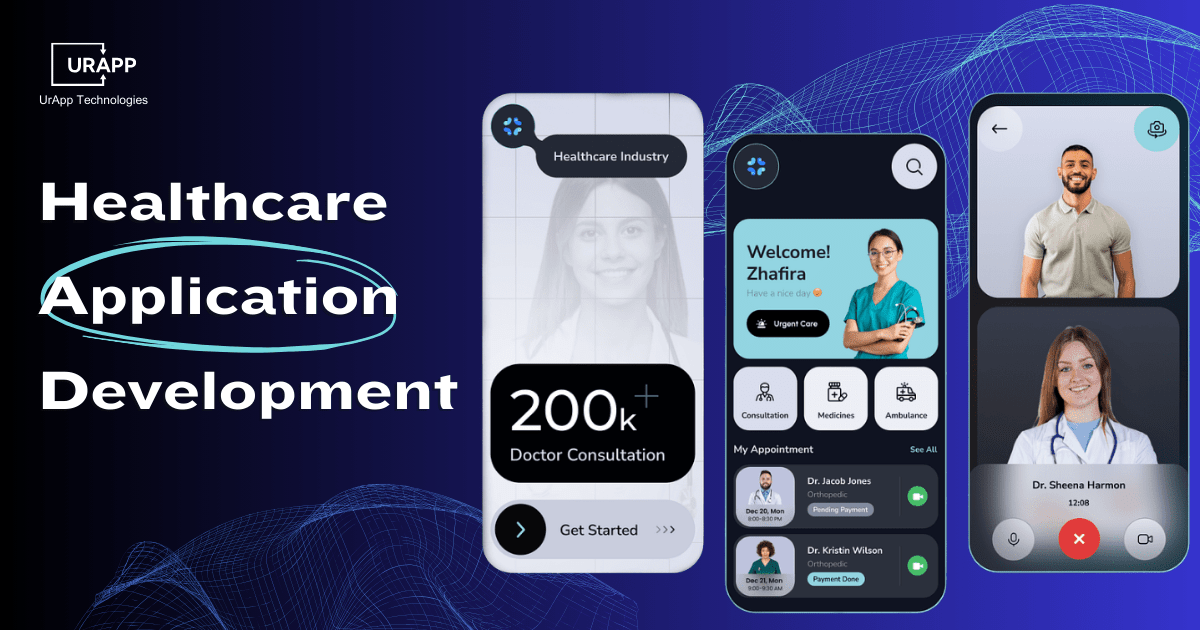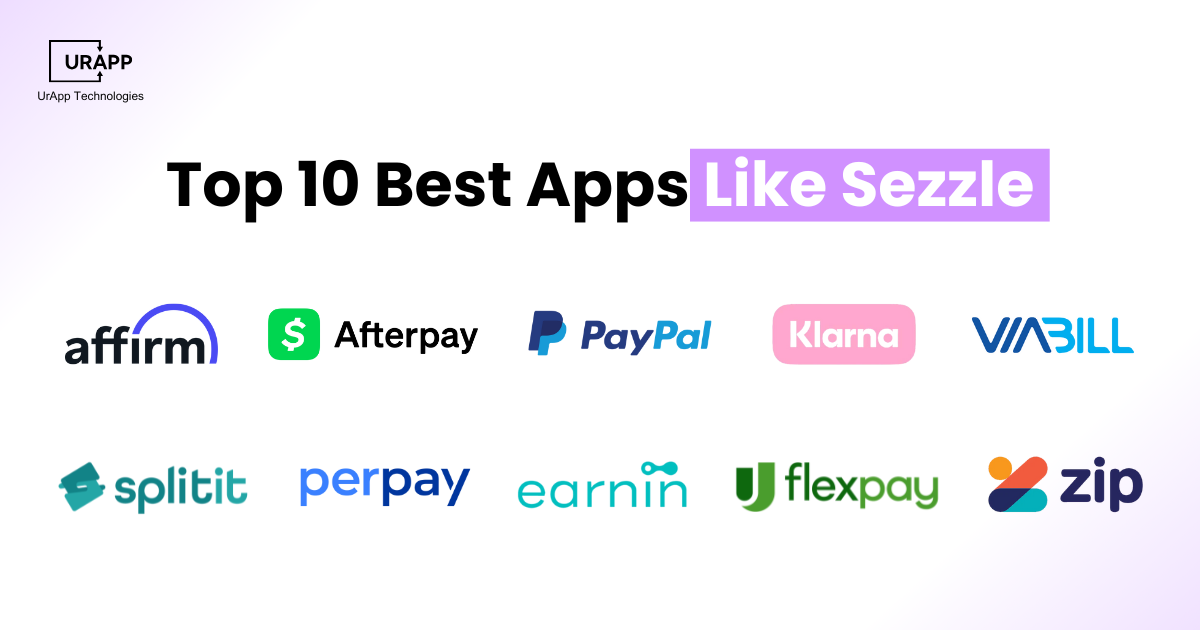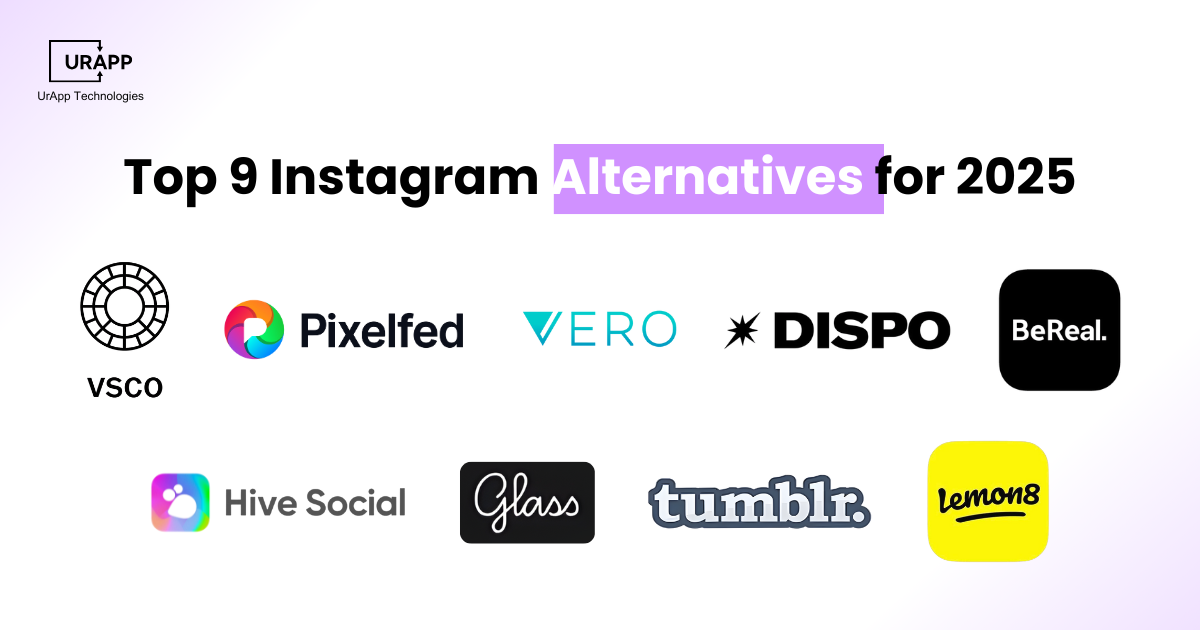Startup Software Development Guide 2025
While most founders blame funding, marketing, or timing, poor software development is often the silent killer. According to Exploding Topics, 6% of startups fail directly due to tech issues like buggy code, outdated tech stacks, and weak development practices.
But that’s just the surface. On Reddit, a debated study claims Agile projects are 268% more likely to fail, with 65% missing budgets and falling short on quality. Founders share real stories of how technical debt, unclear requirements, and rushed MVPs quietly broke their products from within.
In this blog, we’ll break down how poor software choices can sink startups—and how to avoid becoming part of that 90%
Startup Software Development Explained
Startup software development is the process of creating custom software for new businesses. It focuses on speed, flexibility, and solving real problems with limited resources.
The goal is to build software that helps startups grow fast, test ideas quickly, and adapt to market changes. This is usually done through an MVP (Minimum Viable Product) and improved through feedback.
In short, it’s about building the right product quickly to support innovation and growth.
Key characteristics of startup software:
Innovation and Industry Disruption
- Startups are built on new ideas that aim to improve or completely reinvent how things are done.
- Their software often challenges existing solutions, creating new markets or changing entire industries.
Scalability and Fast Growth
- Startup software is designed to grow quickly and serve a wide audience without major cost increases.
- Agile methods like Scrum and lean development help teams build fast, test early, and adapt quickly.
High Risk and Uncertainty
- Startups face unpredictable markets, so they launch with a Minimum Viable Product (MVP) to test ideas early.
- The development process is flexible, allowing quick changes based on feedback or market shifts.
User-Focused Development
- The main goal is to solve a clear, real-world problem for users.
- A simple and user-friendly design helps attract and keep users, especially in early stages.
Smart and Secure Technology
- Clean, modular code ensures the software can scale and be maintained over time.
- Even with small teams, security, data analytics, and integration with other tools are prioritized.
The 7 Essential Stages of Software Development For Startups

-
Idea
In this first stage, ideas are generated by considering market research, user requirements and new trends. Startups need to decide what issue their software will address.
-
Planning
Outlining the project's features, functionality and scope comes next after an idea has been developed. Setting a budget and schedule and also identifying the target audience, are all part of this phase.
-
Design
This phase involves the creation of user interface (UI) and user experience (UX) designs. The objective is to make sure the software is not only useful but also attractive and simple to use.
-
Development
This is the core phase in which developers write code and construct software in accordance with the specifications established in the planning phase.
-
Examining
To find and address any bugs or problems, extensive testing is done. For the software to work as intended, this step is essential.
-
Implementation
The program is made available to users once testing is complete. At times it is introduced gradually just to gather preliminary input and make any necessary adjustments.
-
Maintenance
The software needs continuous support and updates after launch, depending on user input and technical developments.
Importance of Software Development in Startups
Custom-built software empowers startups to launch faster, operate smarter, and stand out in competitive markets. It supports innovation, rapid scaling, and long-term adaptability.
Software development is vital for startups for several reasons:

-
Market Differentiation
A unique software solution helps startups differentiate themselves from competitors by addressing specific pain points.
-
Engagement with Customers
Software that is well-designed improves user experience, which raises customer retention and joy and fulfilment.
-
Efficiency in Operations
Custom software may lower expenses, automate procedures and streamline operations, which frees up entrepreneurs to concentrate on their main company operations.
-
Data-Informed Choices
Software that uses data analytics to deliver data-driven insights can help startups make educated decisions that promote growth.
Software Development For Startups: Complete Cost Breakdown
Building software as a startup is all about balancing quality, speed, and budget. Costs can vary widely depending on what you're building, who builds it, and how complex your idea is. Here's a quick overview:
Project Size & Features
- A basic app with limited features can cost between $6,000 – $15,000.
- A functional MVP (Minimum Viable Product) typically ranges from $10,000 – $50,000.
- A full-scale platform with advanced features may go up to $200,000 or more.
Developer Location
- Hiring developers in the US, UK, or Western Europe costs $100 – $200/hour.
- Outsourcing to countries like India or Eastern Europe can cut costs to $20 – $75/hour without compromising quality if you choose the right team.
Hidden & Ongoing Costs
- Software costs don’t end after launch.
- Add 15–30% extra for things like QA, server hosting, security, updates, and maintenance.
MVP vs Full Product
- Starting with an MVP is a smart move—it allows you to test your idea quickly and affordably.
- A full-scale build should only come after validating your product with real users and market feedback
Tips to Reduce Cost
- Use agile development to stay flexible and avoid rework.
- Choose open-source tools, build only core features first, and consider outsourcing to trusted offshore teams.
Best Startup Software Development Methodologies
Agile and Scrum are ideal for startups due to their focus on flexibility, fast iterations, and continuous user feedback. These methods support rapid product evolution and efficient team collaboration.
-
Agile Methodology
Agile's adaptability and emphasis on teamwork make it one of the most often used approaches for startups. Among the fundamentals of Agile are:
-
Iterative Development
Software is produced in portions, which allows for frequent reassessment and adaptation.
-
Customer Collaboration
Customer feedback helps improve the product and match user needs.
-
Responsive Planning
Responsive planning allows startups to alter plans depending on regular assessments and changing requirements, which allows swift changes.
-
Scrum Framework
An Agile methodology called Scrum places a high value on accountability and teamwork. It has a number of essential components:
Sprints are brief, time-limited intervals for finishing particular activities. Usually, sprints last between two and four weeks.
-
Stand-ups every day
Team members have quick meetings to talk about the day's plans, challenges and progress. This encourages cooperation and communication.
-
Reviews of Sprints
Teams assess their final product at the end of each sprint and gather feedback for further iterations. This iterative technique enables continuous improvement.
-
The Kanban Method
Kanban focusses flow management and work visualization. Important components of the Kanban approach consist of:
-
Visual Boards
To monitor progress and spot bottlenecks, tasks are posted on boards. Teams can more efficiently manage workloads with the aid of this visualization.
-
Limit the amount of work that is ongoing.
Reducing the amount of ongoing activities improves concentration and efficiency, prevents teams not to become stressed.
-
Constant Delivery
Frequent updates without set iterations enable quicker reactions to user input and changes.
Common Challenges in Startup Software Development
-
Obstacles Startups Face
Custom software development for startups have number of difficulties, such as:
-
Limitations of Resources
It can be difficult to commit enough resources for development because many companies have limited staff and small funds.
-
Time Limitations
In the startup ecosystem, quick market penetration is essential. Startups frequently have to create and release their goods fast without sacrificing quality.
-
Changing Requirements
User feedback may need changes to software functionality, which could cause delays and scope creep.
-
Technical Debt
Poor code quality from a quick release can lead to maintenance problems and limit further advancements.
How to Effectively Overcome These Challenges:
Startups can use the following tactics to overcome these obstacles:
-
Set Features First
Concentrate on developing essential features that offer users the greatest benefit. The best possible resource management is made possible by this tactic.
-
Use Agile Approaches
Iterative development and rapid modifications in response to user feedback are made possible by agile approaches. This adaptability is essential for reacting to shifting market dynamics.
-
Make a Quality Assurance Investment
To find and fix problems early in the development process, use extensive testing. Long-term time and resource savings are possible with a strong QA approach.
-
Apply Prototyping
Before beginning full-scale development, make prototypes to visualize ideas and get feedback. Prototyping lowers the possibility of expensive errors and helps validate concepts.
In-House vs Outsourcing: The Complete Guide

In-house Development
In-house development involves building a dedicated team within the startup. Advantages include:
Advantages:
- Control: Better alignment with business objectives is made possible by direct supervision of the development process.
- Cohesion of the Team: Team members' creativity and productivity can be increased by encouraging cooperation and a common goal.
Challenges:
- Higher Costs: Maintaining a full-time team can be expensive, particularly for startups with limited budgets.
- Limited Expertise: Startups may lack specialists for specific technologies which cause major mobile app development mistakes, potentially hindering development efforts.
Outsourcing Software Development
Outsourcing involves hiring external firms or freelancers to handle development tasks. Benefits include:
Advantages:
- Cost Savings: Startups can more efficiently deploy resources by outsourced labour, which can drastically lower labour expenses.
- Expertise Availability: The quality of the finished product is improved when startups have access to specialized talents that are not available internally.
Challenges:
- Communication Barriers: Language and time zones can make it difficult to work together and may result in miscommunications.
- Quality Control : Because external teams might not be as familiar with the startup's vision, quality control calls for rigorous monitoring and supervision.
Custom Software Development: Best Practices for Startups

- Establish Specific Objectives
To guarantee alignment with user requirements and company goals, set quantifiable goals.
- Put User Experience First
Prioritize usability and intuitive design to boost client satisfaction and engagement, which will over time grow retention.
- Use Agile Techniques
By foster adaptability, teamwork and openness to change, Agile methodologies allow for swift changes in response to user input.
- Frequent Examination
To ensure a high-quality product, do regular tests to find and address problems early in the development process.
- Obtain User Input
Always look for consumer feedback to make the product better based on actual use and make sure it still satisfies changing user requirements.
Case Studies of Successful Startup Software Development
Case Study 1
Airbnb
Airbnb started as a simple website allowing people to rent out their homes. The founders focused on user experience and feedback, leading to rapid growth. Today, Airbnb is a global platform with millions of listings. Their success highlights the importance of understanding user needs and iterating based on feedback. By continuously refining their platform, Airbnb has maintained a competitive edge in the hospitality industry.
Case Study 2
Slack
Slack began as an internal communication tool for a gaming company. After realizing its potential, the founders pivoted to offer it as a standalone product. By prioritizing user feedback and continuously improving the platform, Slack became a leading communication tool for businesses. Their emphasis on user-centric design and integration capabilities has made Slack an essential tool for remote teams.
How UrApp Tech Makes Your Startup Journey Easier
At UrApp Tech, we specialize in custom software development for startups. Our team provides tailored solutions aligned with your business goals.
We understand the challenges startups face—from MVPs to scaling—and we help you move faster with scalable, smart software solutions.
If you're ready to turn your idea into a product, our team will guide you through every step with clarity, agility, and speed.
Contact Us Today
Conclusion
In conclusion, software development for startups is a complex process that demands careful planning and execution. Startups can successfully negotiate the intricacies of the software development industry by comprehending the particular difficulties, approaches and best practices. The secret is to keep flexibility and prioritize customer needs, whether you're concentrating on custom software development for startups or using pre-existing software development services.
Startups can develop creative solutions that connect with their target market and propel economic success if they take the proper strategy. Get in touch with UrApp Tech right now if you wish to integrate your own software solutions. With our experience in startup software development, we assist you in making your ideas a reality.







